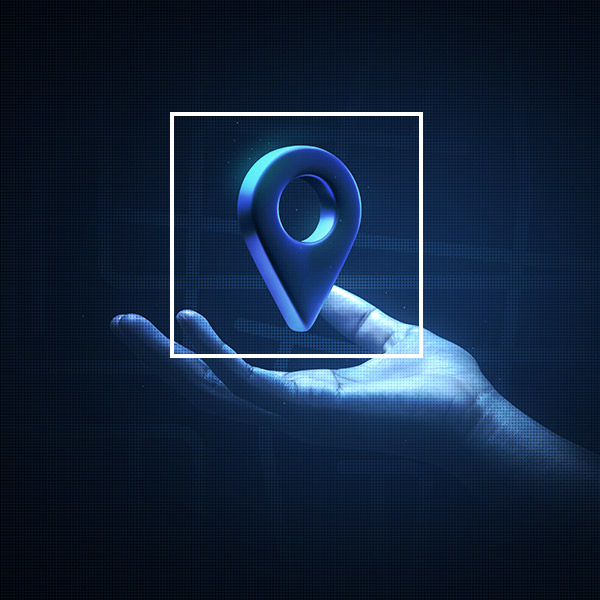20 years of geospatial intelligence experience has taught me one key lesson
I’ve specialised in addressing for 20 years and specifically in logistics for the last five. What’s the one key lesson I can share with you? You are wasting your time if you’re chasing ‘troll beneath the bridge’ addresses.
You need a recognised address to do business in South Africa. That’s an address from the Surveyor General or a local municipality. Just getting that right is hard enough, let alone trying to figure out how to conduct compliant business where there is no recognised address. I know. There are more than 226 municipalities in South Africa you’d need to source your data from. Plus the Surveyor General.
It’s a full-time job for hundreds of people dedicated exclusively to that for two-point five decades. I know that too because that’s how long we’ve been doing it.
Why unrecognised addresses fail
The problem with unrecognised addresses is that you must be able to prove that you delivered a product or a service. But, in my line of work, I come across a lot of places that are described as, “under the tree next to the path at the can on the stick,” and similar. It’s a courier’s worst nightmare.
In the children’s fairy tale, the troll who lives under the bridge can be a nightmare. But more importantly in our context, the troll beneath the bridge arguably lives outside the recognised geographical boundaries of standard society. We don’t really know beneath which bridge the troll lurks.
What makes a good address
Recognised addresses must be recognised by law, receive services, form part of the disaster management plan, and be taxed. You need:
- a street name and number, or
- a farm name,
- a farm portion,
- a site address which could be just a name or an erf number,
- a point of interest,
- a building name, or
- a sectional title.
That’s the minimum we include because all of those are, or were, applicable to a very specific place in the country at some point in time. You preferably want them connected by a unique identifier so that, as they change, you can join the dots.
If a customer cannot define their address by one of the categories I included above, then you have to question the value of doing business with them. If they cannot have a recognised address then how much business do they represent to you? And if they represent a fractional percentage of your business, should they jeopardise operations and revenues for the 98% of customers with recognised addresses while executives debate how to deal with the ‘troll beneath the bridge’ addresses?
It is much more profitable for everyone, our businesses and our customers, to move forward with recognised addresses that are verified and validated. This is how organisations develop sustainable operations and service delivery that benefit the overriding majority.
If this and other lessons interest you, reach out.


